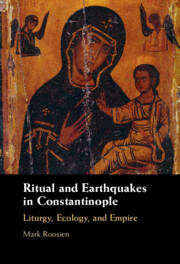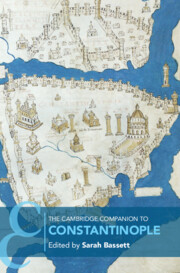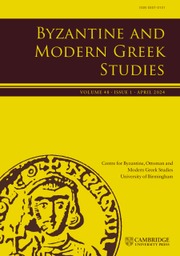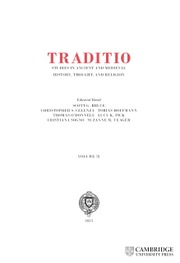Ritual and Earthquakes in Constantinople
Located on the North Anatolian Fault, Constantinople was frequently shaken by earthquakes over the course of its history. This book discusses religious responses to these events between the fourth and the tenth century AD. The church in Constantinople commemorated several earthquakes that struck the city, prescribing an elaborate liturgical rite celebrated annually for each occasion. These rituals were means by which city-dwellers created meaning from disaster and renegotiated their relationships to God and the land around them in the face of its most destabilizing ecological characteristic: seismicity. Mark Roosien argues that ritual and theological responses to earthquakes shaped Byzantine conceptions of God and the environment and transformed Constantinople's self-understanding as the capital of the oikoumene and center of divine action in history. The book enhances our understanding of Byzantine Christian religion and culture, and provides a new, interdisciplinary framework for understanding Byzantine views of the natural world.
- The first study to bring together the fields of liturgical studies, Byzantine history, and ecology
- Discusses unique examples of pre-modern religious responses to natural disasters
- Shows how empires and rulers dealt with natural disasters that disrupted religious and ideological narratives
Reviews & endorsements
‘Roosien’s expertise lies in liturgy and his presentation of the evidence of the Typicon of Hagia Sophia has drawn the attention of outsiders to its importance and will contribute to ensuring that its information will inform future discussion of disasters and other events that merited commemoration.’ Michael Whitby, Plekos
Product details
November 2024Hardback
9781009427289
218 pages
236 × 160 × 17 mm
0.45kg
10 colour illus.
Available
Table of Contents
- Introduction
- 1. Earthquakes and Liturgy: Rituals of Sin, Repentance, and Restoration
- 2. Earthquakes and Emperors: Humility and Power
- 3. Beyond Divine Chastisement: Constantinople as a Site of Blessing
- 4. Earthquakes and the Saints: Heavenly Intercessors for Earthly Problems
- 5. Beyond Commemoration: New Approaches to Earthquakes in the Middle Ages
- Conclusion
- Appendix 1: Earthquake Commemorations from the Prophetologion and the Typikon of the Great Church
- Appendix 2: The Authenticity of the Homily De Terrae Motu Ascribed to John Chrysostom
- Bibliography.





.jpg)
.jpg)
